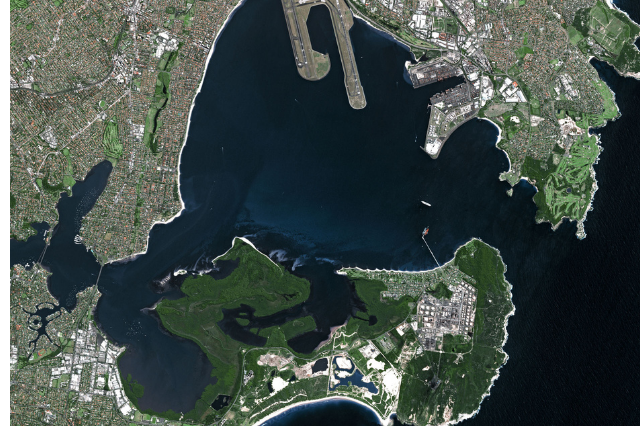By Liam Smith
In 1770, Captain James Cook, the commander of the British Navy ship, ‘Endeavour’, made a landfall on the south-east coast of Australia. The land he claimed that day of behalf of Britain, reminded him so much of the Glamorgan coastline, that he promptly name it – New South Wales. Sailing further up the coast, he arrived at a bay that had lain undisturbed since time began. This enchanted bay, abundantly rich in plant and marine life, was so appreciated by James Banks, a botanist on board Cook’s ship, that he aptly named it ….Botany Bay.
TRANSPORTATION
Within eighteen years, this quiet corner of the world was to become the most notorious place in the Southern Hemisphere when in January 1788, the first of the British prison ships bound for Australia arrived in Botany Bay with its unfortunate human cargo of transportees. For nearly a century before, Britain had been transporting criminals to the American colonies.
This practice was to last until 1775 when America finally refused to accept any more of England’s prisoners. With the resumption of transportation in 1788, the inhuman policy by Britain of the transportation of convicted criminals to Australia was to last for the next eighty years, until 1868.
On November 26th, 1791, three years after the arrival in Australia of the first convicts from England, the prison-ship, ‘Queen’, dropped anchor in Botany Bay, with its first batch of prisoners to arrive from Ireland. These unfortunate victims from Erins’ shore were to be separated from their loved ones, and native land, for periods ranging from seven years to live, and sadly the vast majority of these exiles were never to return.
PETTY CRIMES
Between 1791 and 1835, up to 40,000 Irish men and women, who had fallen foul of the law were transported, and by 1850, up to 60,000 had arrived in Botany Bay. Although branded as criminals, the majority had committed crimes so menial that today most of these very same offences would not even warrant a court appearance. For stealing a bushel of corn, or a chicken, to ensure the survival of their families, many had no option but to accept transportation in preference to a death sentence.
Of the countless thousands transported from Ireland throughout the years, six-hundred were to be for political offences. Rebels from the ’98 Rising, to land agitators, and the Young Irelands of 1848, were to enter the penal colony of Botany Bay, en route to Norfolk Island or Van Diemens Land.
Notable transportees were, the gallant United Irishman, Michael Dwyer, the Young Irelanders, William Smith O’Brien, John Mitchel and Thomas Meagher. These and many more unfortunate victims of harsh justice in Ireland, endured a voyage of hell aboard the prison ships, and sadly many never survived the long and arduous journey to Australia.

Those that survived the journey were sent to work their sentences of farms, as laboures for settlers. These were the lucky ones as the hardened criminals were sent to government barracks and penal settlements in Tasmania and Norfolk Island. There they became victims of brutal tyranny, not only receiving regular lashings; they were also starved and left to die.
HALTED
In 1850, New South Wales successfully pressurised the British government to halt the transportation of convicts to the colony, and with prison ships being refused entry into the bay, convicts were then sent to Western Australia until 1868, when the policy of transportation was finally abandoned by Britain.
These unfortunate Irish men and women who had been wrenched from their native land many years ago, had by now, settled in their new land and were never to return to Ireland.
After the completion of their sentences many of the prominent politicians and industrialists that have made Australia the success story it has become, are direct descendants of the those very first Irish men and women who became tragic victims of transportation.
One notable figure, who arrived in Botany Bay in February 1806, was Michael Dwyer, who was transported after conducting a three-year guerrilla war in the Wicklow Mountains against the British yeomanry. After completing his sentence on Norfolk Island, he returned to the mainland, made his home in Sydney, eventually rising to the position of High Constable of Sydney.








